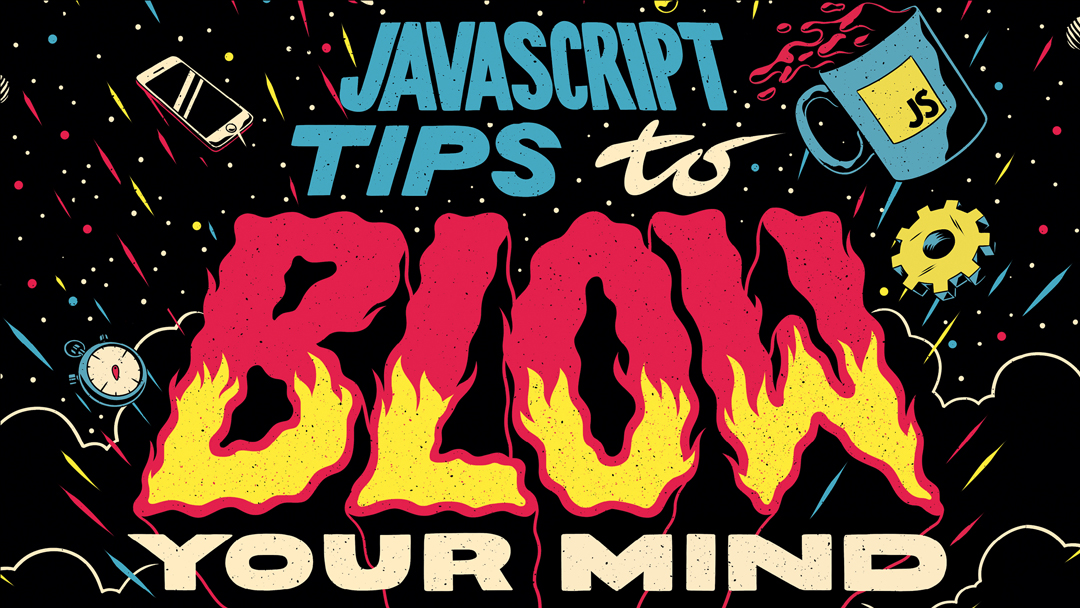5 hot new ways to use JavaScript
From robots to drones, discover 5 weird and wonderful ways people are using JavaScript.

If you were a writing code for the web over 10 years ago, it would have been hard to imagine that JavaScript would ever be used outside of the browser. The journey started when Node.js was first released in 2009, allowing JavaScript to be run on the server-side. Intentionally or not, Node.js opened up JavaScript to all new purposes, such as building robots, controlling drones, and even writing native mobile apps.
Learn about five surprising and creative ways that software developers are using JavaScript to think outside the box.
This is a taster of an article in net issue #285, in which Sergio Cruz explores 20 more ways to use JavaScript.
01. JavaScript and robots

Recently, more and more developers have been playing around with hardware, using parts such as Arduino boards to build custom robots. Turns out there are groups within the JavaScript community that are really interested in robotics, and they put in a lot of effort into building custom robots with JavaScript. One such community is Nodebots. They hold meetups all over the world, where developers can get together, learn more, and hack on robots using JavaScript. Find a meetup near you at Nodebots.
02. Flying drones
If building robots from scratch isn’t your thing but you're still interested in controlling stuff in the real world using JavaScript, then NodeCopter might interest you. NodeCopter is an event where developers group into teams to do cool things with their Parrot 2.0 drones. If you're interested in making your own drone take off using JavaScript, you should know that it doesn't take much effort. Download the ar-drone NPM package, type a few lines of code, and your drone will be flying in no time!
03. Virtual Reality

Another technology gaining traction is virtual reality (VR) headsets such as the Oculus Rift, Samsung Gear and Google Cardboard. And while writing 3D maps for VR headsets sounds really hard, it doesn't have to be. There is an open source framework called A-Frame that allows developers to write VR experiences using JavaScript and HTML. Imagine creating 3D scenes using HTML markup that works across desktop, mobile devices and VR headsets. Learn more about it at A-Frame.
04. Native Mobile Apps
There’s nothing new about writing mobile apps within webviews, but let's face it, it's not really native. That's why projects such as NativeScript and React Native were created. Developers who are already familiar with JavaScript can now write actual native mobile applications for iOS, Android and Windows Phones. This allows apps written in JavaScript to stay blazing fast and able to access all of the native APIs.
Daily design news, reviews, how-tos and more, as picked by the editors.
If you've been considering writing native mobile apps but have been weary of learning a new programming language, fear no more! JavaScript is here to save the day once again.
05. Operating systems
NodeOS is an operating system written entirely in JavaScript. Yes, you read that correctly; somebody wrote an entire operating system using JavaScript. Now, if that hasn't blown your mind, wait until you find out that the only way to install packages into this operating system is through NPM. The project's aim is to run on real hardware such as desktops and laptops, as well as cloud providers like Amazon Web Services. What started out as a fun proof-of-concept project has grown into something real. Check it out here.
While these five uses of JavaScript might seem difficult at first, one of the amazing things about JavaScript is that it is still a beginner-friendly language, with an active and helpful community. This is readily apparent on JavaScript.com, a free resource that helps both beginners learn JavaScript and keeps advanced developers up to date with the latest news in the community.
